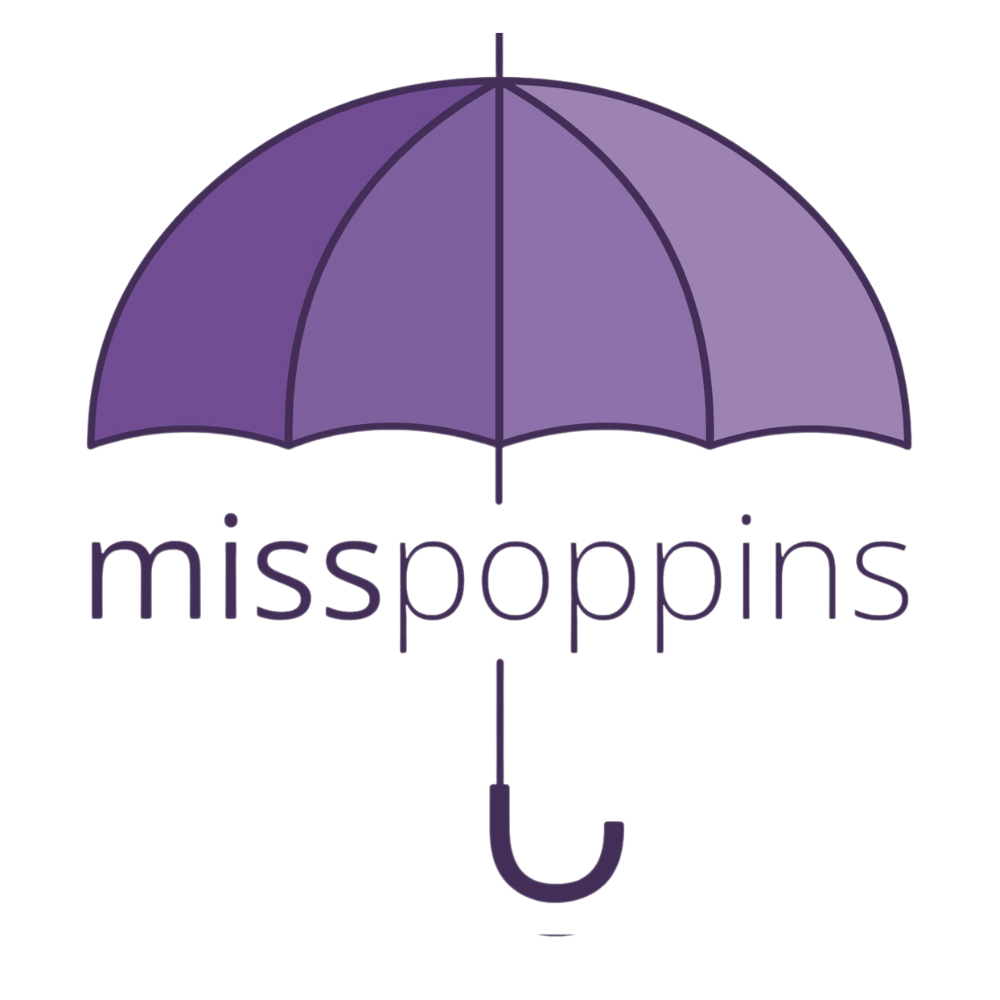Here’s Why Silicone is Recommended for Babies
When curating a baby registry or shopping for your child’s first toys, safety and material quality are top priorities. The debate between wooden, silicone, and plastic baby products has evolved in recent years as parents become more conscious of environmental impact, toxic exposure, and long-term safety. Below, we unpack how to understand the difference between silicone, wood, and plastic products for babies so you can make better informed decisions.
Why are Products with BPA Considered Unsafe for Children?
A research from Frontiers, a notable peer reviewed scientific journal for endocrine system finds observed that prenatal exposure to bisphenol can cause a wide range of harmful health effects. These effects encompass reproductive problems, such as infertility, menstrual cycle irregularities, and dysfunction of the ovaries and testes; metabolic issues, including obesity, insulin resistance, and type 2 diabetes; and disruptions to the immune system, like chronic inflammation and immunosuppression. Additionally, BPA exposure has been linked to neurodevelopmental alterations and behavioral changes, as well as an increased risk of hormone-dependent cancers. Notably, these adverse outcomes can occur even at low levels of exposure (Bello-Cortes et al., n.d.).
For children at their earliest developmental phases, this can pose a serious concern.
Wooden Baby Toys: Natural, Durable, and Sustainable
Wooden toys are often recognized as being a sustainable option for toys and general baby products. They're durable, free from synthetic additives, and biodegradable. Parents looking to avoid bisphenols (BPA, BPS) and phthalates often prefer wood as a natural alternative.
However, a main concern for parents is that lower-cost imports may still use paints or finishes containing lead or formaldehyde-based adhesives. Additionally, wood poses a risk for younger infants due to the risk of chipping and splinters that cause a concern for potential injury. Due to these concerns, wooden toys for babies are more recommended for older toddler stages as opposed to younger children.
According to a 2020 review in Environmental Research, “natural wood products generally pose minimal chemical exposure risk when manufactured without synthetic coatings or glues” (Pérez-Lobato et al., 2020).
Pros:
Long-lasting and biodegradable
No plasticizers or bisphenols
Often handmade or artisanal
Cons:
Can harbor moisture if not sealed properly
More expensive than mass-produced plastic toys
Painted surfaces may require verification of non-toxicity
Poses an injury risk for babies due to potential splinters, breaks, and chips
Direct Shopping Guide:
Why Silicone is Considered Safe
Silicone has gained traction as a modern “middle ground” — flexible like plastic but safer and more durable. High-quality food-grade silicone is non-toxic, heat-resistant, and free of BPA, phthalates, PVC, and lead. This makes it ideal for items like silicone bibs, plates, feeding sets, and teething toys.
Unlike traditional plastics, silicone does not contain bisphenols which are chemicals linked to hormonal disruption during pregnancy and early development. However, it’s important to confirm that silicone products are LFGB- or FDA-certified, as lower-grade versions may contain fillers that reduce purity and safety.
Pros:
BPA- and phthalate-free
Dishwasher-safe and durable
Flexible and safe for teething
Cons:
Not biodegradable (though recyclable in some regions)
Can retain odors if not cleaned properly
Direct Shopping Guide
The Concern over Plastic Baby Toys
Plastic remains the most common material in baby products due to its low cost and versatility. Yet, not all plastics are created equal. Many parents are now avoiding items made with polycarbonate (PC) or PVC, as these may release BPA or other hormone-mimicking chemicals when heated or degraded.
A study published in Endocrine.Org concluded that even low-dose BPA exposure may interfere with endocrine function during fetal development..These findings have prompted stricter safety regulations for infant bottles and toys in multiple countries.
Pros:
Widely available and inexpensive
Cons:
May contain BPA or phthalates
Can degrade under heat or UV exposure
Less environmentally sustainable
Choosing the Best Material for Your Baby
Plastic, wood, or silicone toys all have their own use cases.. Before purchasing, parents should always check for credible third-party certifications that ensure standard of manufacturing quality, avoid unknown manufacturers, and replace any damaged toys promptly. If you have any concerns about certain products, always consult with a health professional.
If you’re building a baby registry with these concerns in mind, explore the curated collections on MissPoppins.io/store — including non-toxic silicone teethers, eco-friendly wooden toys, and safe feeding essentials that align with today’s best research on infant health and sustainable parenting.


